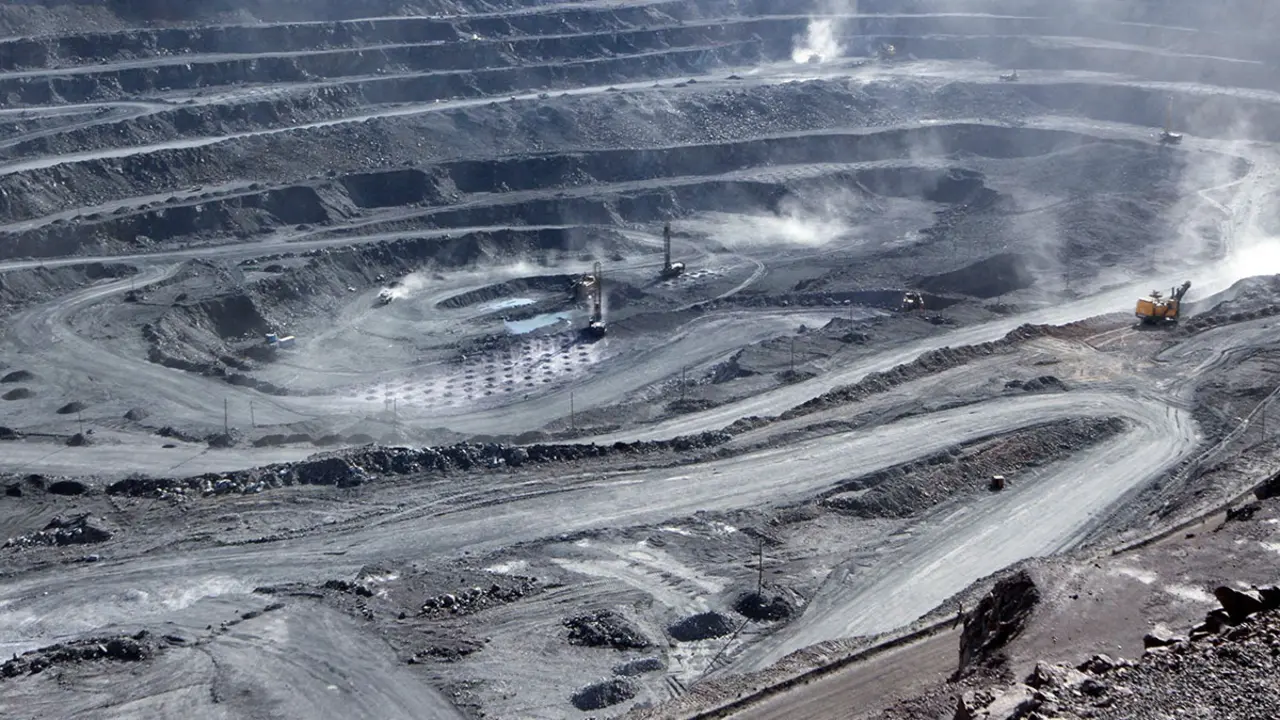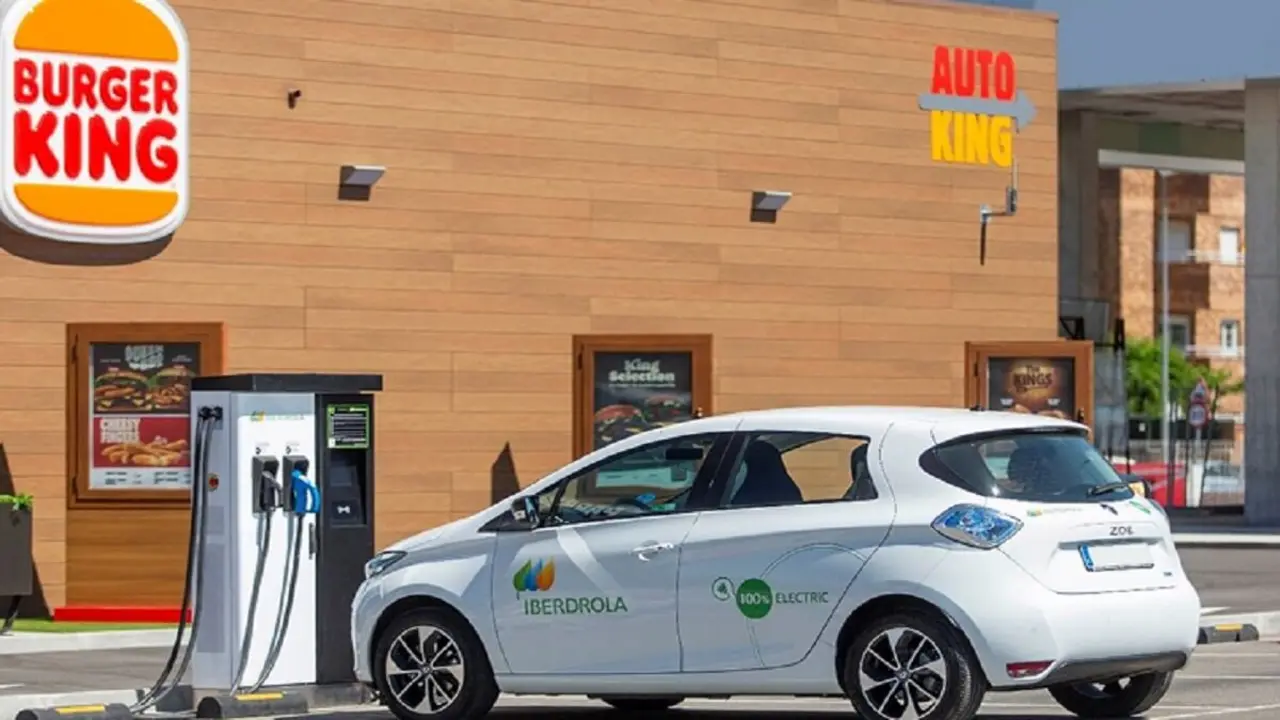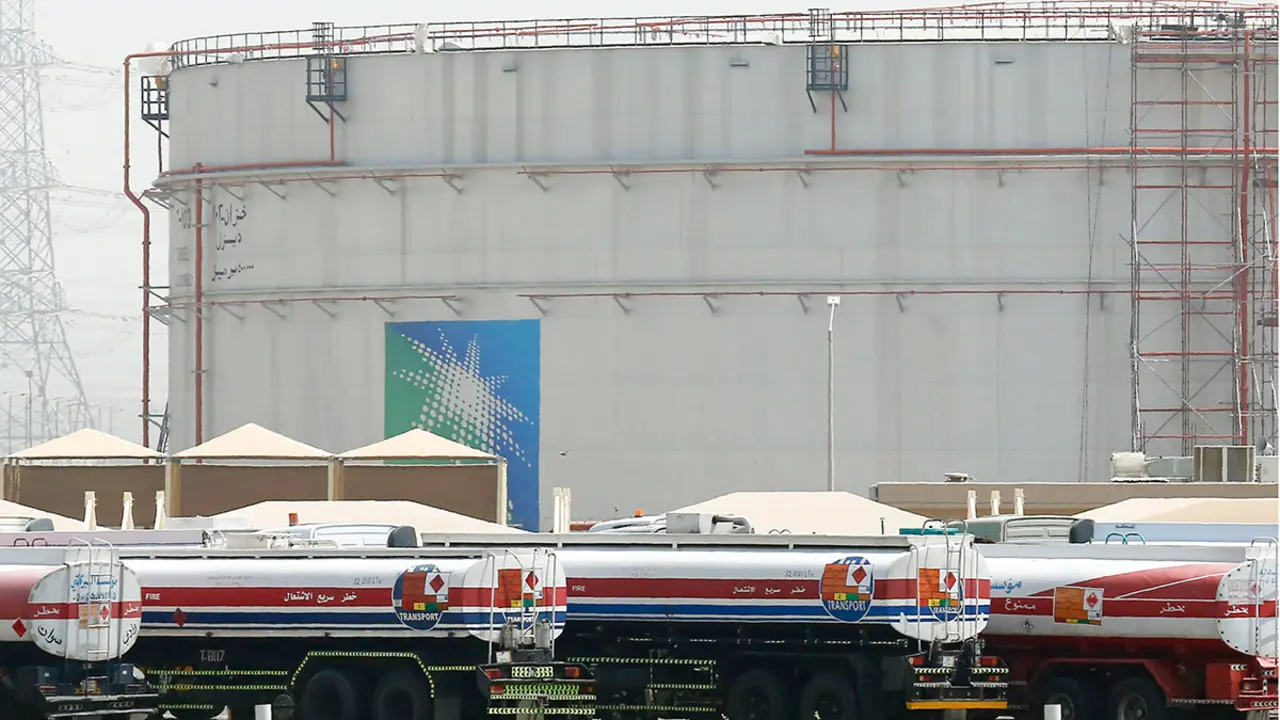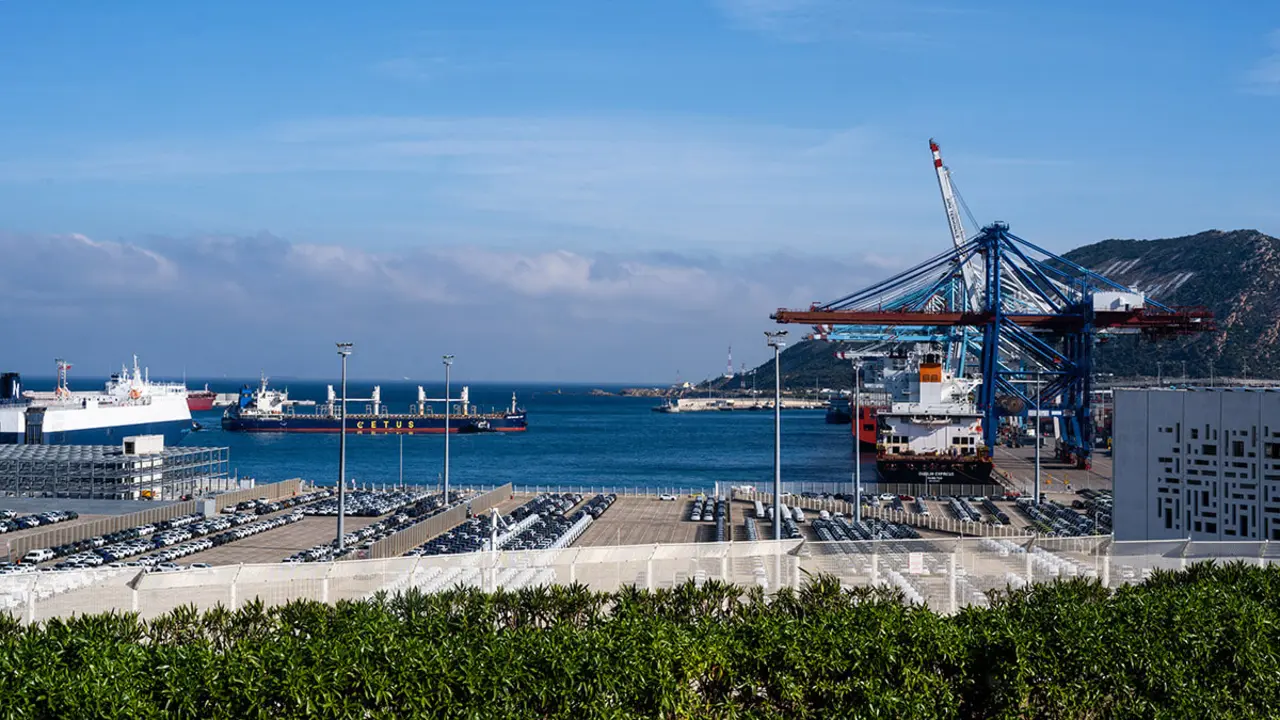Saudi Arabia aims to become the world's largest green hydrogen producer and exporter

Saudi Arabia is building a $5 billion green fuel plant for export in a bid to become the world's largest supplier of green hydrogen. As World Energy Trade reports, Saudi Arabia aims to become the world's largest hydrogen producer without giving up its supremacy as an oil producer.
North of the Red Sea, in the planned megacity of NEOM, the hydrogen plant will be located. The task of turning this desert area the size of Belgium into a metropolis powered by renewable energy falls to Peter Terium, former CEO of RWE AG, Germany's largest utility company and clean energy spin-off Innogy. His performance will help determine whether a country dependent on petrodollars can become a clean fuel supplier. "There is nothing I have seen or heard about this dimension or challenge," Terium said as head of the energy, water and food sector at NEOM. "I have spent the last two years thinking 'from scratch' and now we are in execution mode," he added.
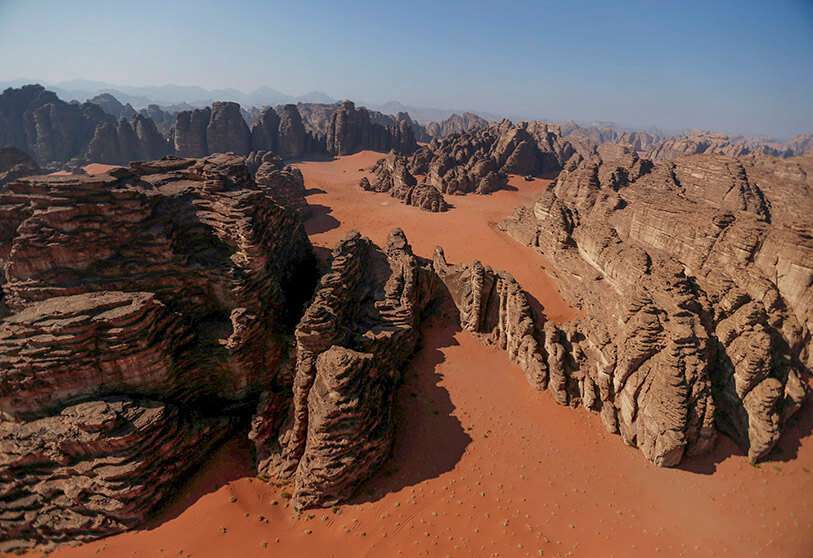
Crown Prince Mohammed bin Salman is one of the city's biggest backers. The 35-year-old de facto ruler sees NEOM as helping to transform society and the economy by being a zero-emissions example, and the hydrogen plant is part of that vision. But while NEOM's $500 billion price tag raises questions about whether it will be realised exactly as planned, the hydrogen effort is not dependent on the overall success of the megacity.
The government has partnered with Acwa Power, a Riyadh-based energy developer partly owned by the Kingdom's sovereign wealth fund, and Air Products and Chemicals Inc, a $58 billion company based in Allentown Pennsylvania, to build the green hydrogen plant.
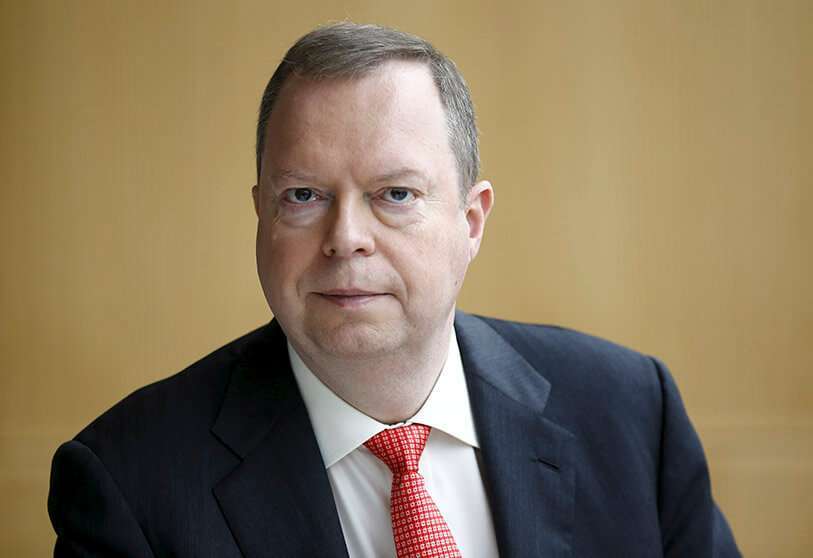
Energy experts are reported to highlight Saudi Arabia's potential in the global hydrogen race thanks to its geographical features, notable for perpetual sunshine and wind along with vast tracts of unused land. Green hydrogen is produced using renewable energy instead of fossil fuels and producing a kilogram of gas currently costs around $5. Saudi Arabia could reduce this cost to $1.5 per kilogram by 2030. "The interest Saudi Arabia has had from investors leads us to believe that there is a strong economic case for hydrogen, even at current prices," said an energy ministry spokesman.
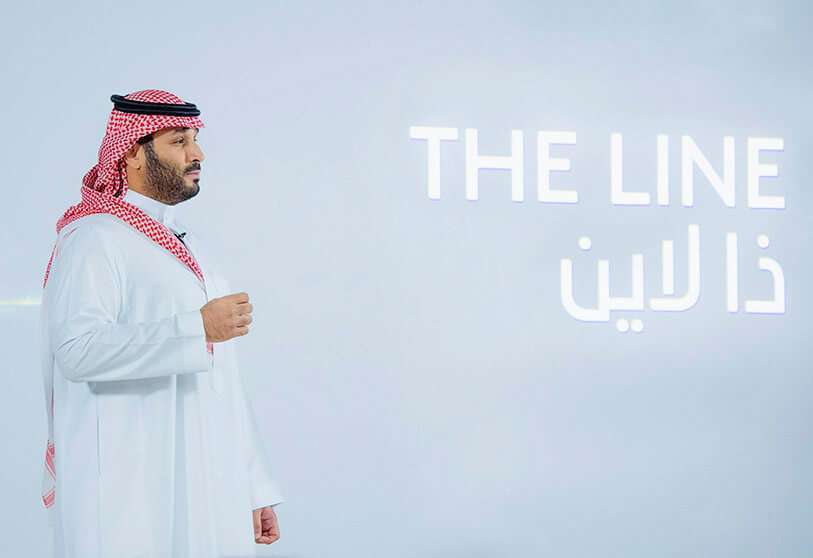
At the same time, the government is trying to boost its own meagre use of renewable energy. Currently, less than 700 megawatts of renewable energy is operating nationwide, less than two per cent of Spain's capacity. The nation plans to meet half of its energy needs from renewables by 2030, as part of the Vision 2030 programme aimed at diversifying the Saudi economy and reducing dependence on the oil sector, and has several projects under construction or due to start. Saudi Arabia is also one of the few countries that regularly burns crude oil to produce electricity. The highly polluting practice reached a four-year peak last August, and critics charge that the energy used by the NEOM plant should be diverted to the national grid. However, the Kingdom's focus is on exports. Petro-states could lose up to $13 billion by 2040 due to climate change targets, with Saudi Arabia among those expected to be hit hardest.
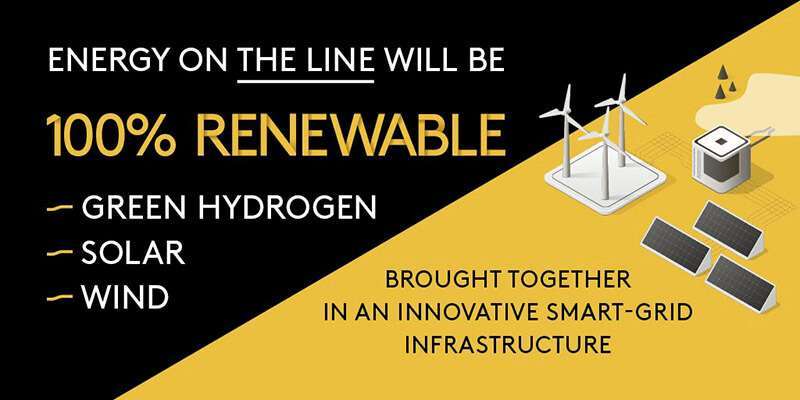
The plans come at a time of rising global demand for clean fuel, with superpowers such as China and Europe setting their sights on the growing hydrogen business, which is predicted to be worth up to $700 billion by 2025. The hydrogen plant will produce 15,000 barrels of oil equivalent per day at most, hardly a match for the 9 million barrels of crude oil the UK pumps daily. Still, finding a way to corner part of the clean fuels market represents a necessary economic lifeline for a country like Saudi Arabia.


